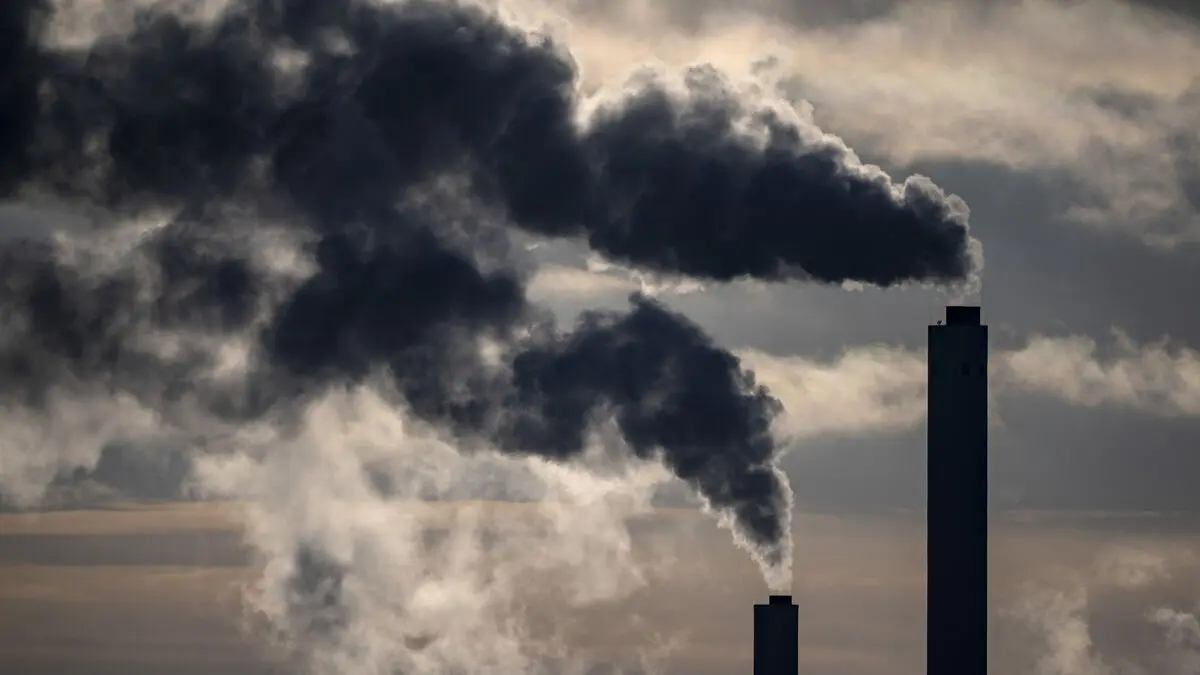Global warming looks set to be limited to a temperature rise of 2.3–2.5 degrees by the turn of the century, compared with 2.6–2.8 degrees in last year's forecast, according to a UN report. The improved forecast from last year means that global warming will end up at 2.8 degrees by 2100, slightly lower than the previous forecast of 3.1 degrees if all countries continue as they are doing today.
If, however, countries act as they have promised in the Paris Agreement, the temperature increase could end up at 2.3–2.5 degrees, also a decrease of 0.3 degrees compared to the previous forecast, writes the UN environmental agency Unep in its report "Emissions gap report 2025".
Large pinch of salt
The lower figure is largely due to countries stepping up their commitments to reduce their emissions, but the reduction should be taken with a large pinch of salt. A third of it, or 0.1 degrees, is about new ways of calculating, and Unep also estimates that a further 0.1 degrees could be removed from the reduction when the US implements its planned withdrawal from the Paris Agreement at the turn of the year.
What remains is a forecast that is only 0.1 degrees lower than last year, excluding methodological changes and the US exit.
To stay on track for the 2-degree target, emissions must have decreased by 25 percent from 2019 levels by 2030. But in recent years, emissions have instead increased.
Far from the goal
UNEP writes in the report that the world's countries are "still far from achieving the goal in the Paris Agreement of limiting warming to well below two degrees", and preferably below 1.5 degrees.
"While the national climate plans have led to some progress, they are far from fast enough. Therefore, we still need to implement unprecedented emission reductions within an increasingly tight timeframe and against an increasingly challenging geopolitical backdrop," said UNEP Director-General Inger Andersen in a press release.
Facts: Emissions Gap Report 2025
TT
The research report "Emissions Gap Report 2025" from the UN environmental agency Unep examines the gap between the emission reductions that countries have committed to and the emission reductions required to limit global warming to primarily 1.5°C or 2°C.
This is the 16th time that UNEP has released the report, which takes place ahead of the UN climate conference COP30, which takes place in Belém, Brazil, November 10–21.
Global greenhouse gas emissions reached a record high of 57.7 gigatons of carbon dioxide equivalent in 2024, compared to 57.1 gigatons in 2023.





